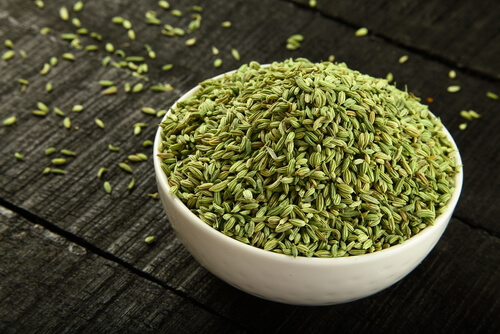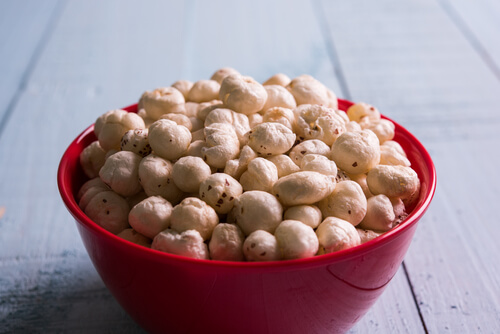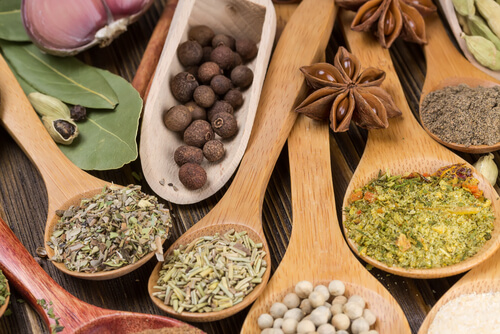Fennel seeds are great natural ways to relieve certain ailments. They help with many different issues, ranging from congestion, stomach gas, diabetes, asthma, and fertility. This is primarily because the seeds contain antioxidants and powerful phytonutrients. See the list below for a more detailed breakdown of how fennel seeds can improve your health.
Improve Digestive Health
Fennel seeds help to treat a wide range of digestive issues, including intestinal gas, heartburn, bloating, infant gas, and colic in infants. They are able to do this thanks to the antispasmodic and carminative effects contained they contain. These attributes can easily treat all manner of digestive ailments, including irritable bowel syndrome.
Treat Asthma And Other Respiratory Ailments
Fennel seeds are a great natural remedy for asthma and other respiratory conditions. The phytonutrients contained in them help to clear your sinuses which can be a major cause of asthmatic stress. Fennel seeds also have expectorant properties that can actually heal other similar respiratory ailments, like congestion, bronchitis, and coughing.
Benefit Breastfeeding Women
Fennel seeds have a compound known as anethole. It is a phytoestrogen that imitates the properties of estrogen and plays a role in increasing milk secretion in women. It is especially great for lactating women.
Combat Bad Breath
You can also chew fennel seeds to help with halitosis and make your breath fresh and not so terrible. They are able to achieve this, because the fennel seeds help increase saliva production which helps to rinse out bacteria, the cause of bad breath. Fennel seeds also have antibacterial properties that help them kill bad breath causing bacteria.
Increase Breast Growth
Fennel seeds play a pretty big role in female health and wellness. They have properties similar to estrogen and can actually increase your breast size. They also help to improve fertility and can even play a role in inducing labor.








